So you must be into spicy food. You’re going to fit in just fine here at Pepper Geek. We love hot peppers more than (almost) anything! In this article, I’m going to share our full guide on how to grow Habaneros.
Habaneros are a great starter pepper plant for new growers who love heat. We will cover lots of tips and tricks we’ve learned through the years to make sure you mget the most peppers off of every plant, and the highest heat level possible!
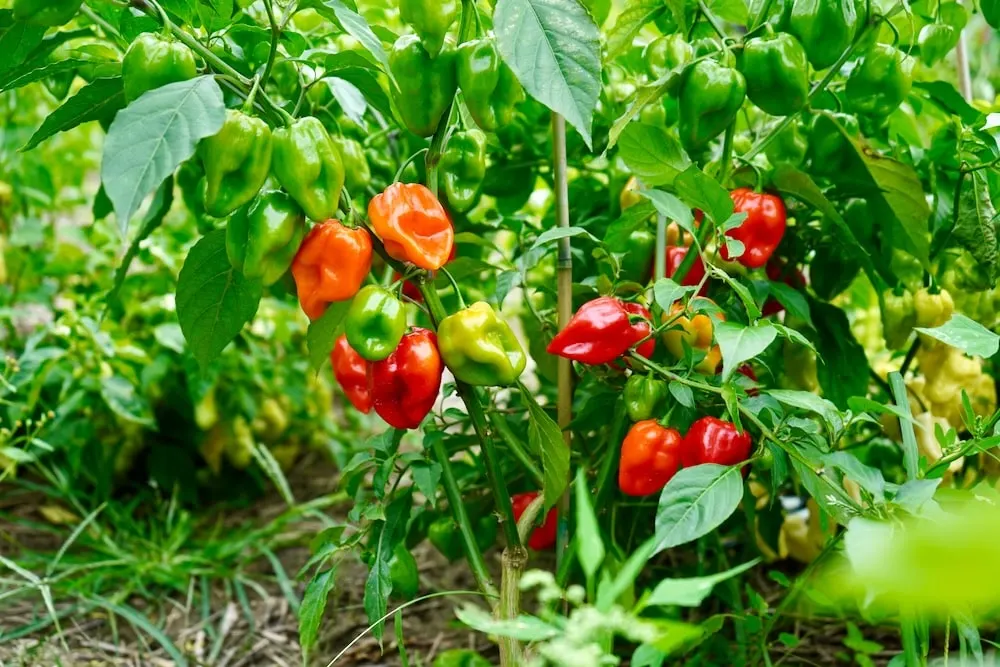
Habaneros are prolific plants, often producing dozens of peppers per plant. They are also some of the spiciest peppers that most people can tolerate and enjoy, with lots of
You’re going to love having fresh-picked Habanero peppers at home. Let’s get started growing habaneros!
How To Grow Habaneros (Quick Guide):
In This Article (skip ahead):
- Buying seeds
- Choosing soil
- Choosing Fertilizer
- Starting Seeds Indoors
- Pruning Plants
- Transplanting Outdoors
- Fertilizing & Watering
- Harvesting
1. Buy Habanero Pepper Seeds
If you already have seeds, you can skip to the next step. If not, consider the options before you pick your pepper variety. Different habanero plants will yield very different results!
Some Different Habanero Peppers Options…
- Looking for the classic orange habanero? Grow these bad boys
- Looking for more heat? Try the Caribbean red habanero
- Looking for an interesting color? Try growing the snow white habanero
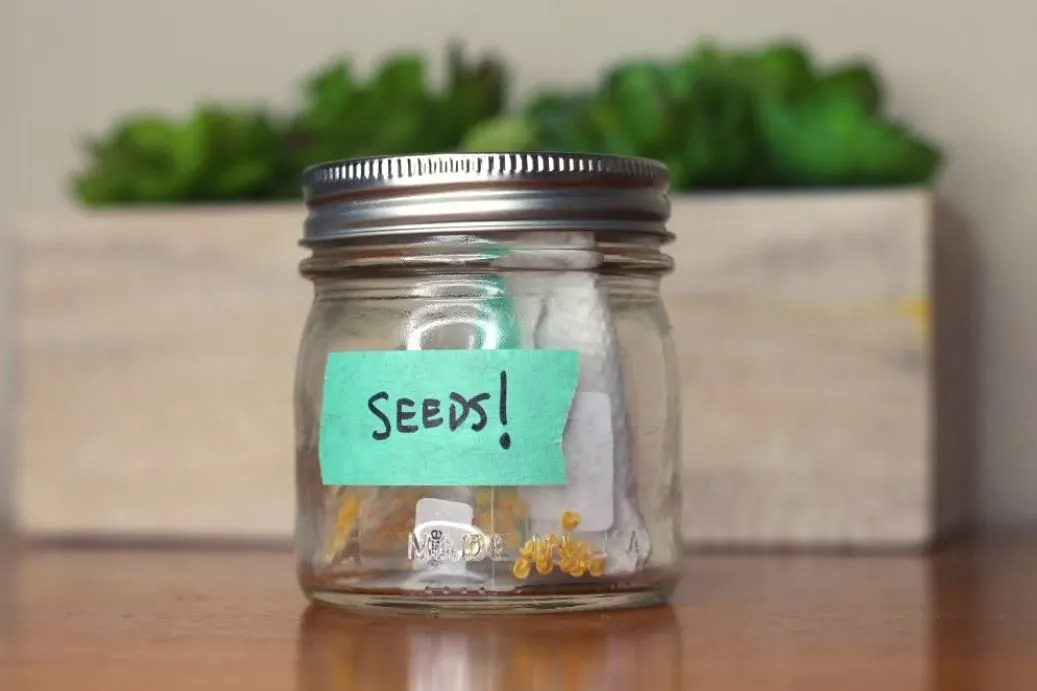
The main takeaway here should be that there are a lot of different types of habanero peppers. It can be fun to experiment with different varieties and watch them change colors and shape as they grow.
If you’re like us, you’ll grow as many as you can fit in the garden! Or, perhaps more sensibly, you’ll try 2 or 3 types.
Either way, the growing process will be nearly identical. Some varieties may produce better than others, but the plant care should be the same. So rest assured, regardless of which seed type you buy, this growing guide for habaneros will work perfectly!
2. Choose The Right Soil
Most growers want a simple answer when it comes to soil type. While typical potting mix will work fine for most growers (Miracle-Gro or similar), we recommend using two soils when growing from seed.
One soil is used for starting the seeds inside, and another for transplanting into pots or to the outdoors. These two types of soil differ in both nutrient content and texture/aeration qualities. Both are also abundantly available at home gardening stores.
Soil For Starting Seeds
When starting seeds, you should use a fertilizer-free ‘seed starting mix.’ These are available online, or at your local Lowes or Home Depot. Try this brand from Amazon.
Most soil starter mixes are made of some combination of sphagnum peat moss, coco coir, vermiculite, and perlite. These ingredients combine to make a highly aerated, moisture-retaining mix perfect for getting seedling started strong. The mixture stays moist and allows young root systems to grow with ease.
The lack of nutrients in seed starter soil means that you will need to begin fertilizing soon after seedlings sprout. This soil is only good for the first 3-4 weeks of your habanero plant’s life. After this, you will move it to another soil medium.
Soil For Mature Growth Stage
This type of soil is more of a mixed bag (no pun intended [okay maybe]). There are lots and lots of potting soils to choose from. We recommend using organic soil like this one, with a loamy/sandy texture and makeup.
We will be using our own fertilizer, so the soil itself does not need to have slow-release fertilizer pellets like Miracle-Gro. However, if you already have some of this soil, it will work just fine. We will still apply supplemental fertilizer throughout the growing period.
If you have the space for it, we also recommend composting. This is the only way to achieve the perfect soil composition for peppers. Peppers love plenty of silt in their soil, which is achieved through adding organic matter, year after year. If you are planting in the ground, composting should be high on your priority list!
Don’t stress too much about picking a soil! While soil is a critical component of gardening success, if you buy a few bags of common potting mix at Home Depot and it says “Suitable For Vegetables” on it, you’re going to be okay.
3. Get The Right Fertilizer
Fertilizer is another daunting topic for growing peppers. There are many all-purpose fertilizers made to grow any and all vegetables. These will work fine to grow healthy-looking plants, but we want to make sure we actually get peppers!
To ensure our plants grow lots of peppers, we need to follow a fairly simple fertilizer regimen. Nitrogen is essential for developing the young plants into big, healthy plants. However, once the habanero plants begin flowering, we need to switch to a lower nitrogen fertilizer to allow the fruits to take priority.
Recommendation: Keep it simple with Fox Farm’s 3-stage fertilizer.
We use two fertilizers throughout the growing season. During early plant growth, we use a 11-3-8 organic
The timing of this is slightly subjective, but we typically start fertilizing around mid-March. Then, we switch to the lower-nitrogen fertilizer around mid-June after the plants have been outdoors for 2-3 weeks.
See our vegetative-stage fertilizer suggestion: Click here
See our flowering-stage fertilizer suggestion: Click here
If you want to keep it to one fertilizer, use the early growth, 11-3-8 (or a simple 5-5-5) all season and lower to 1/2 strength fertilizer around mid-June. This will allow the plants to focus more energy on pod production instead of producing more leaves.
4. Start Seeds Indoors
Starting seeds early allows your habaneros, which grow naturally near the equator, to have a longer growing season. Waiting until April or May to start pepper seeds would result in underdeveloped plants, lower yields, and unripe peppers come harvest time.
When To Start Habaneros Indoors
Use this planting tool to determine when you should be planting pepper seeds indoors. It allows you to provide a postal code to determine the approximate date that you should sow seeds indoors.
For Northern hemisphere gardeners, early March is typically the ideal time of year to plant habanero pepper seeds inside. We generally recommend starting seeds 8 weeks before your plants will be moved outdoors (last chance of frost). This date will depend mostly on your hardiness zone, but you’ll likely start planting in March.
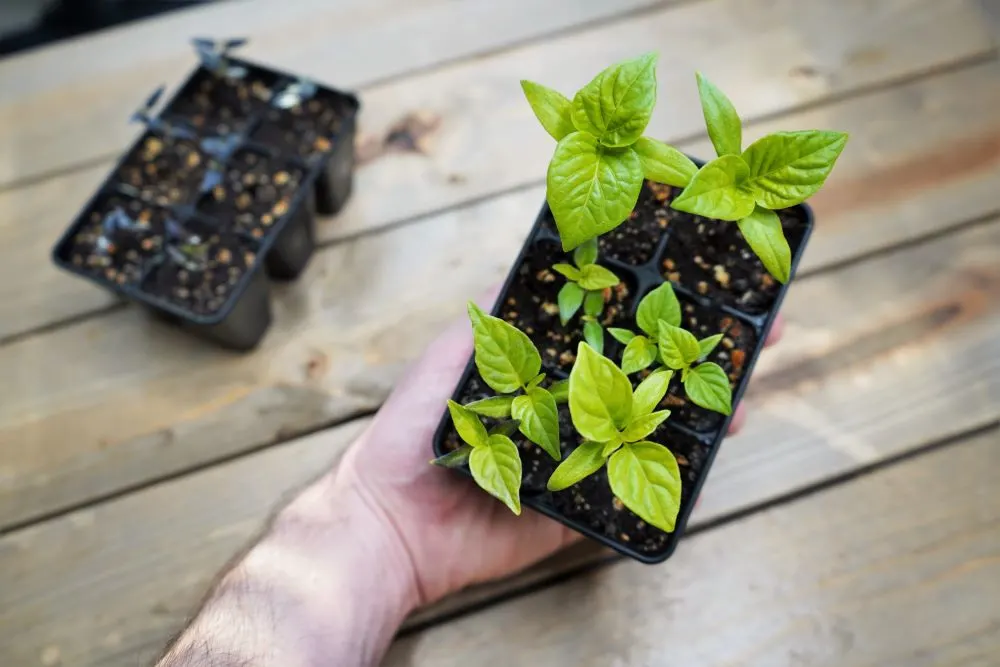
If you live in a warmer climate, you may be able to move your plants outside earlier. The longer the growing season, the better for peppers!
How To Sow Pepper Seeds Indoors
Planting seeds is pretty simple. However, there are a few steps that should be taken to give the seeds the best possibility of germination.
Seed starting supplies:
Seed starting tips:
- Use fertilizer-free soil.
Habanero seeds contain enough nutrients to germinate and grow to about 1-2
inch tall plants. The soil you use for planting seeds should be ‘seed starter mix’ of some sort. Here is our recommendation on Amazon. - Pre-moisten soil.
Before planting, thoroughly moisten and mix your seed starter soil by hand. The mix should stick together when squeezed, but not drip water. This will enhance the soil’s ability to absorb water in the future.
- Use bottom-water seed trays.
The best method to water seedlings is to bottom-water. This means that you are filling a reservoir in which the seed trays are submerged. The water is then absorbed from the bottom through holes in the containers, keeping the soil moist.
Watering frequency will depend on the humidity of your environment. Check the surface moisture of your seed trays and water if the soil feels dry. Keep the soil moist, not soaked! - Plant 2+ seeds per container.
If you’re just growing a few plants, you want to make sure that your seeds sprout. By planting 2 or more seeds per container, you increase the chances of successful germination. If both seeds sprout, you simply pluck away one of them when they reach 1 inch in height.
Plants at a depth of 1/8-1/4″ for ideal germination. Any deeper, and the seeds may struggle to surface properly.
Tip: If you have limited seed quantity and want to conserve seeds, you can ignore this step. Just plant one seed per container to avoid wasting seeds. - Keep the soil warm.
During germination, the soil temperature should be at 80-90°F during the day and around 70-75°F at night. Peppers come from very warm climates, and the heat significantly helps initiate germination.
We use a heated propagation mat and a thermometer to keep conditions consistent. However, if your indoor temperatures already satisfy these ranges, no need to worry!
Note: This is especially useful when growing stubborn seeds, or older seeds that have been dormant longer. Most habanero seeds germinate without issue. - Consider lighting.
While window light is good, to get the most out of your plants, you’ll want some sort of lighting setup. This can be as simple as a clip-on plant light for pretty cheap.
Habanero Germination Time
Different pepper seeds will have different germination times. For habanero peppers, seeds will typically germinate within 7-10 days under ideal conditions. Provide warm (~80°F), moist soil with plenty of air circulation for the quickest germination.
We have had some of our habaneros sprout within just 4 days when using our seed heating mat!
If you are having trouble germinating your habanero seeds, refer to our guide to fast germination here.
Use Grow Lights!
We highly recommend using a grow light of some kind to start pepper seedlings indoors. Without adequate lighting, young pepper plants may become tall and lanky, with weak and leggy stems.
Read our article about the best grow lights for peppers here.
Our habaneros live the first 2+ months of their lives indoors, and window sunlight alone just doesn’t cut it. This early stage of growth is critical for determining the hardiness of your plant throughout the whole growing season.
By introducing some artificial light, you can ensure the young seedlings photosynthesize as much as possible. You will notice considerably healthier-looking plants when using a grow light vs using window sunlight.
For a budget light, try one of these clip-on LED lights from Amazon.
If you use this clip-on light, keep it very close to your plants when they sprout, about 4-6 inches away from the leaves.
For the most efficient light with no noise, spring for one of these on Amazon (this is this light we use).
If you use a brighter light like this one, you should keep it farther from your pepper seedlings to avoid light burn. Our light requires 15-18″ of distance from the plant foliage to avoid burns.
Getting the distance right will ensure maximum photosynthesis without damaging the habanero plants.
5. Consider Pruning (Optional)
Pruning is basically snipping off portions of your habanero plant to influence its shape and sturdiness. Pruning is an option when pepper plants are young, around 6 inches tall. It is not necessary, but can help plants develop stronger stems and a bushier, fuller shape.
We wrote a dedicated article all about pruning here. Check it out for a complete guide.
To prune, simply snip the central shoot at the base of the node. This technique is also called ‘topping’ the plant because you are taking the top of the plant off. Discard the cutting and watch as the habanero plant recovers and grows new shoots within just a few days!
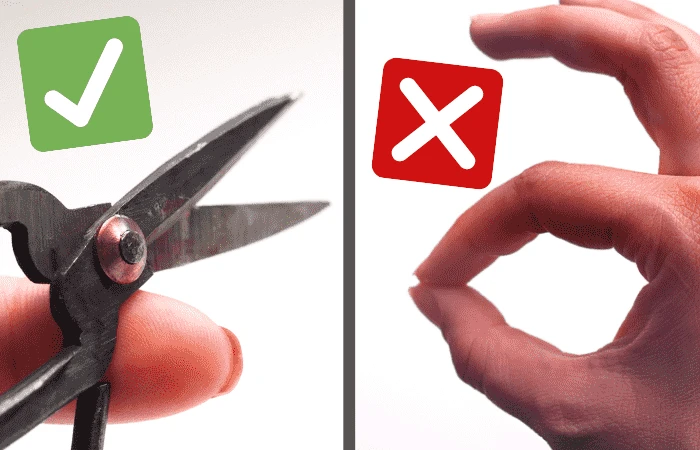
Note: Use sharp scissors when pruning (like these precise pruning sheers), not your fingers. You want to get a clean slice across the stem without crushing it.
This process encourages the plant to grow outward rather than tall and lanky. There are other reasons to prune, such as removing low branches or overwintering.
6. Transplant Habaneros Outdoors
Transplanting is the process of moving your plants from a smaller container to a larger one. This usually takes place twice during pepper plant growth, but can also be done just once if the seedlings are started in larger containers (like Solo cups or small garden pots).
To transplant, prepare the new pot with plenty of pre-moistened potting soil, dig out a trench deep enough to fit your plant’s entire root system, and carefully move the entire plant to the new pot. Then, cover the root system with fresh soil and compact gently. Water immediately to ensure the roots have plenty of moisture.
Read our full guide to transplanting here.
When To Transplant Outdoors
Move your plants outdoors as soon as the risk of frost is gone for the season. For us in the Northeastern US, this means around May 15th. Use this tool to find out the last frost date for your location.
Once you are ready to transition, be sure you harden your plants off before moving outdoors 100%. This is the process of gradually acclimating your plants to the outdoor climate (wind, direct sunlight, etc.).
Learn more about hardening off plants in our guide here.
Planting Habaneros in Pots
If you are planning to grow your habaneros in a pot, make sure you choose one that is big enough. Though habaneros are small peppers and will grow in any sized pot, they prefer to have at least 3 gallons of space for the best yields.
Learn more about planter pot size for your peppers in our article here.
7. Fertilize & Water Regularly
Watering Habaneros
This is one of the most common causes of pepper problems. Over-watering or under-watering can cause significant stress to habanero plants.
Watering Tips:
- Use pots or a garden plot with plenty of drainage
- Watch for dry or hot weather and water more often
- Don’t water if the soil is already damp at the surface
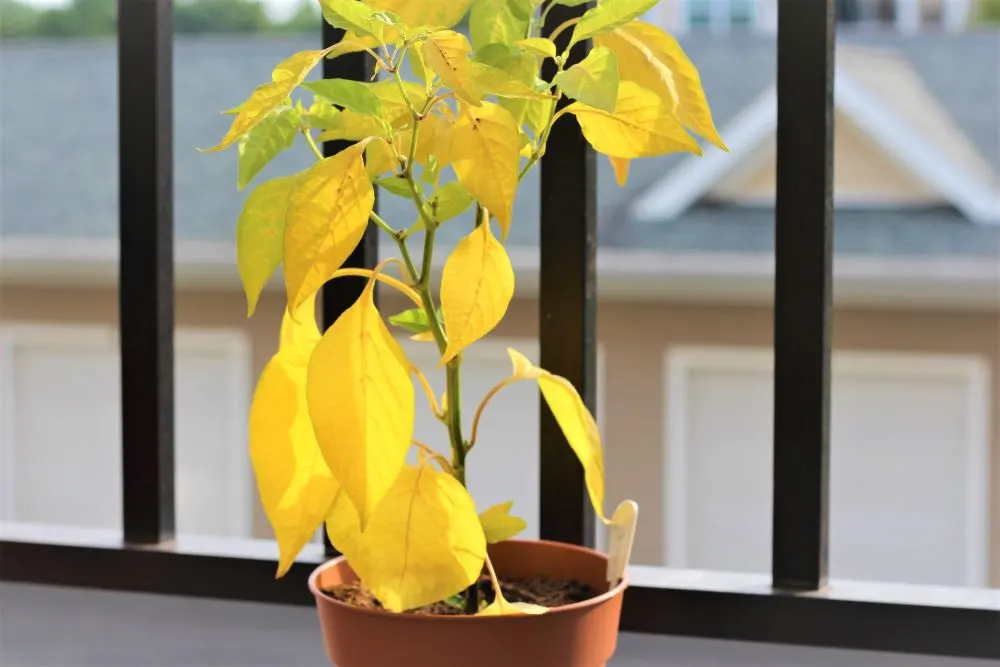
A habanero plant’s soil should be moist, but not soaked. A simple check with your finger will be enough to test moisture levels. As you grow more plants, you will develop a keen eye for a thirsty plant, and for one that doesn’t need watering.
Tip: Allowing your habanero plants to become dry between watering can actually produce hotter peppers. This is called ‘stressing’ the plants and is used by professional growers. But be careful not to over-stress them and cause damage.
Read more about how to water peppers properly in our article here.
Fertilizing & Keeping Nitrogen In Check
About 1 week after your habaneros have sprouted, fertilizing can begin. Younger plants require less fertilizer, so we start with a 1/2 strength feeding regimen. Once plants are 4-5 inches tall, follow the normal instructions on your fertilizer.
Too much nitrogen can be a bad thing for habanero plants. Once flowers begin to develop, nitrogen levels should be brought down to ensure the plants can produce lots of healthy peppers.
Too much, and the flowers may begin to fall off! Growing Habaneros is all about growing peppers, not about growing a leafy bush.
As mentioned before, we recommend starting with this fertilizer, and switching to this fertilizer when the plants begin to flower. If you don’t want to use two, just stick with the first one all season and reduce to half-strength when the plants begin flowering.
We have also had success with Fox Farm’s 3-stage fertilizer system.
8. Harvesting Habaneros
Harvesting h
How long until habaneros are ripe?
The typical grow time of habaneros from transplanting outdoors to harvesting is around 90 days or longer. The hotter the pepper, the longer the growing season typically takes. It’s no wonder the habanero takes so long to grow, given its 250,000+ SHU Scoville rating.
Tip: When the risk of frost is approaching at the end of the season, you can prune away any unnecessary branches to encourage ripening of the last remaining peppers.
Learn more about harvesting peppers here.
9. Get Ready For Next Year!
Success! With your fiery hot peppers ready for picking, all that is left to do is use them!
- Try dehydrating habaneros here
- Save your habanero seeds for next year here
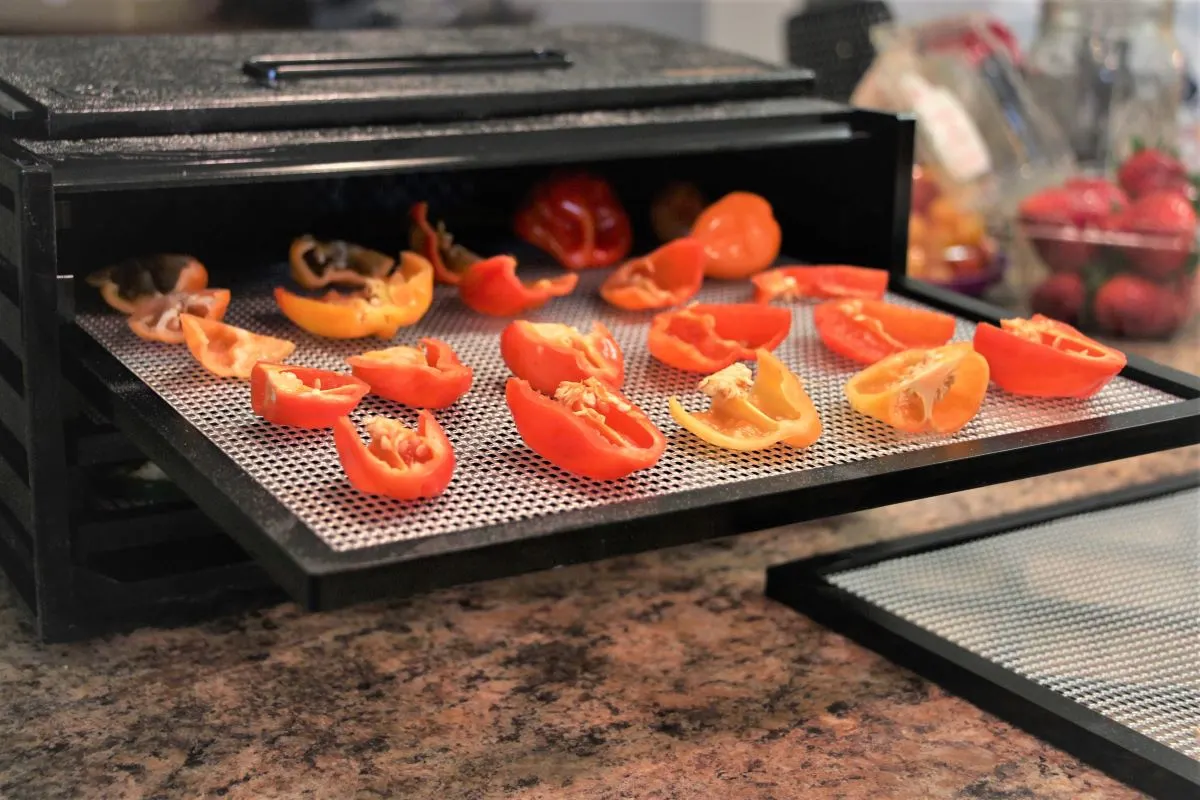
I hope you have a bountiful harvest of fresh habaneros this year. Good luck, and feel free to share any tips or suggestions on how to grow better habaneros in the comments below.
Related:
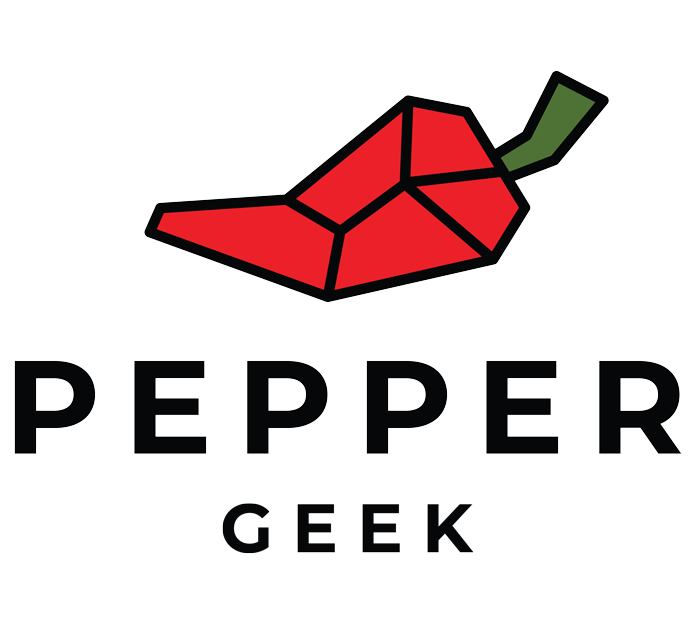

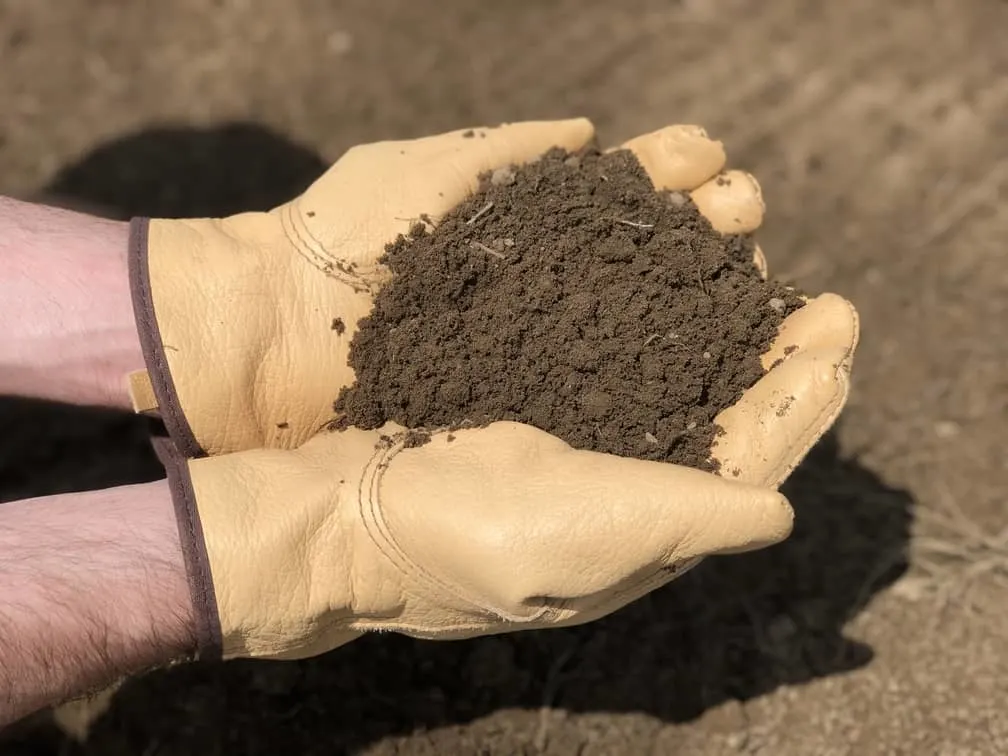
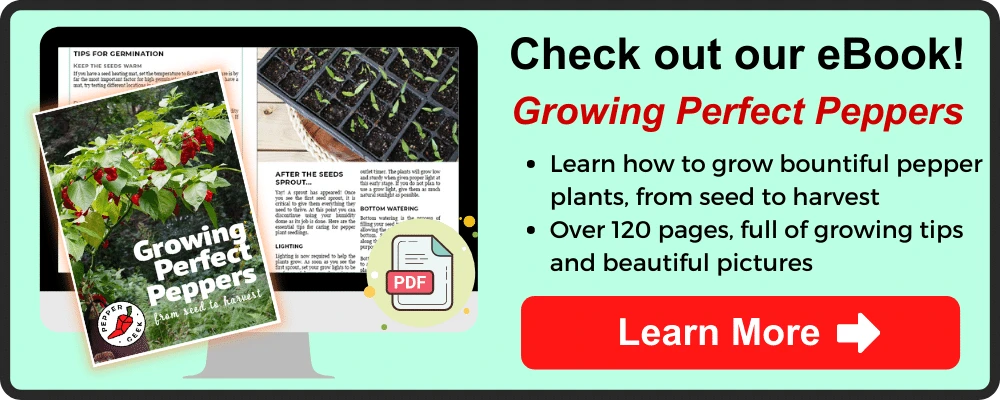
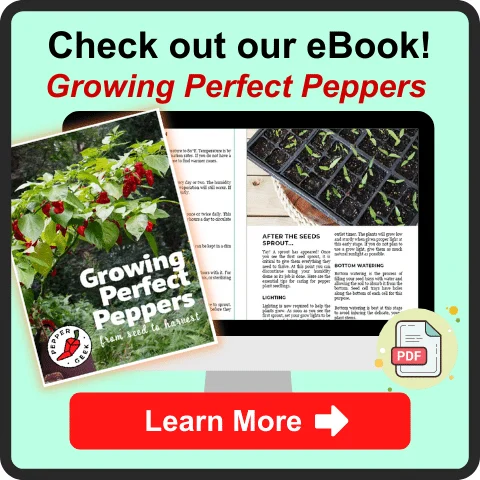

ERNEST CLEMENT
Friday 15th of December 2023
DOES IT HELP GERMINATION IF YOU NICK THE SEEDS
peppergeek
Saturday 16th of December 2023
Yes but usually isn't necessary for peppers. If your seeds are older than 1-2 years or you're having issues with germination then it might be worth trying.
Anthony S
Monday 11th of September 2023
Great article I followed most of what you have here the only real difference was with the fertilizer I used a 10-15-10 at full strength every 7 days for the first 2 months of the season then switched to every 14 days for the next 1.5- 2 months then stopped with the fertilizer. By this time the plants were huge 18-20” tall with canopies 35” across and LOADED with fruits. I only watered every 2-3 days. The plants got full sun from sunrise until about 3 pm they were shaded in the most intense part of the late afternoon sun. At the beginning of the season I pinched the flowers off until the plants got some size to them about 12” tall, then let the flowers set. I planted them at the end of May and had my 1sr harvest of 18 ripe peppers on August 12, my 2nd harvest of 40 peppers August 20th, 3rd harvest of 56 peppers August 26th, 4th harvest of 145 peppers September 2nd, 5th harvest of 88 peppers September 9th. That’s 347 peppers !! From 3 plants. I will probably have one or two more picks. I’m thinking I’ll probably be looking at 400 peppers total this year. The plants have actually started flowering again! unfortunately I won’t have the season left to set more fruit. My plan is to overwinter my best 2 plants in the house since I live in grow zone 4 and can’t leave them outside. I have high hopes for them next year.
peppergeek
Monday 18th of December 2023
Wow! That's a really impressive harvest from 3 plants. Glad we could help in some way. Hope you made something tasty with your habaneros. Best of luck with overwintering!
Rafael
Friday 21st of October 2022
Is growing habanero during winter hard?
peppergeek
Saturday 22nd of October 2022
It can be, but if you keep the temperatures up where they should be (~70°F), give plenty of light and nutrients, then you can definitely do it.
Chuck Fluri
Tuesday 26th of July 2022
Buying seeds can be expensive. I bought a nice ripe habanero from the supermarket for 24¢, ate it and planted the seeds. I got 20 sprouts. Now I need to look for a scorpion pepper. I saw them, can't remember where. Bountiful gardening everyone.
Jim Dearth
Friday 1st of April 2022
I live on Guam where it's hot all the time and we get a lot of rain. The local people love their hot stuff, and so do I. I bought some habos from the store, dried them, and planted the seeds, only one began to grow.
peppergeek
Saturday 2nd of April 2022
Well, either plant more seeds, or take really good care of that one plant! It could be that the seeds dried during germination. Also, if your habos were green, the seeds could have not been fully developed in the pod.